This story excerpt was translated from Spanish. To read the original story in full, visit 360-Grados. You may also view the original story on the Rainforest Journalism Fund website. Our website is available in English, Spanish, bahasa Indonesia, French, and Portuguese.
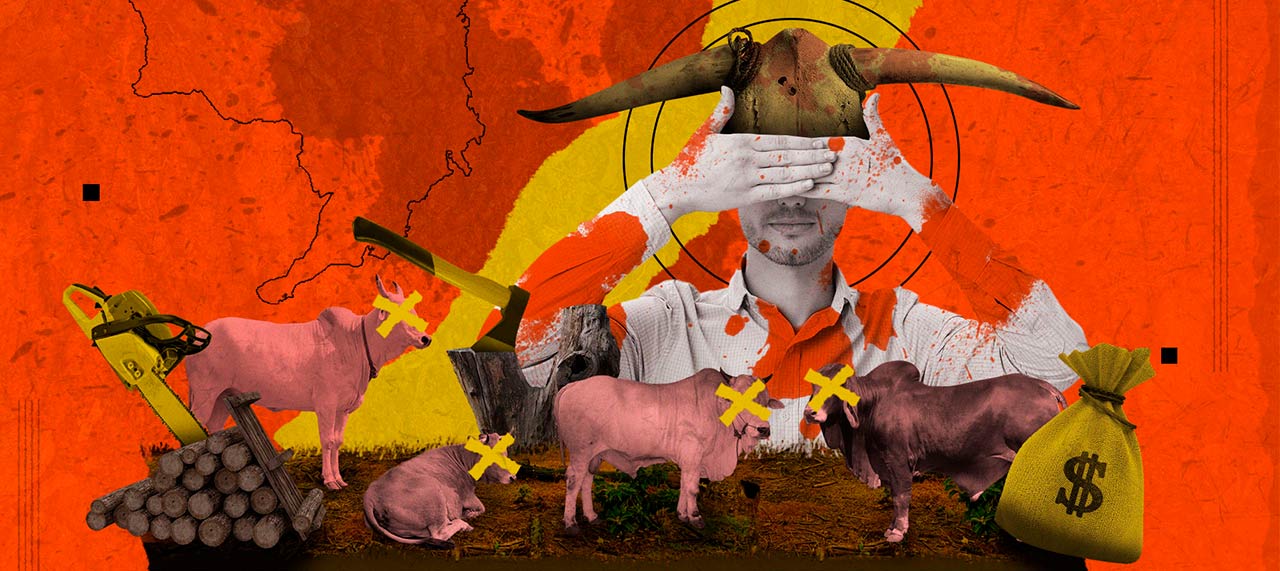
Some chain stores in Colombia sell meat products that advertise the stores' environmental commitment. But because there are no independent traceability and monitoring systems to assure the consumer that the product with an environmental seal does not affect the forests, for now the labels are more marketing than reality.
The marketing of meat
In a strategic corner of the Carulla supermarket in Bogotá's financial district, a butcher in a white coat picks up a tray of ground beef bearing the "sustainable livestock" seal. On the packaging are phrases such as "animal welfare" and "community support."
The meat is one of the most elaborate items in this supermarket chain. Behind the display cases, carefully organized, several posters advertise Carulla's commitment to the environment. Its meats, says one, "come from farms committed to forest conservation."
This marketing campaign is aimed at buyers who don't hesitate to pay several pesos extra for cuts that are supposed to be environmentally friendly. "'Sustainable livestock' means that it takes care of the environment," the salesman explains about the labels. He adds that the supermarket's premium meat comes from areas where "they don't do illegal logging." And although it has nothing to do with environmental preservation, as a bonus, he says, it has "12 days of guaranteed maturation."

As a nonprofit journalism organization, we depend on your support to fund more than 170 reporting projects every year on critical global and local issues. Donate any amount today to become a Pulitzer Center Champion and receive exclusive benefits!
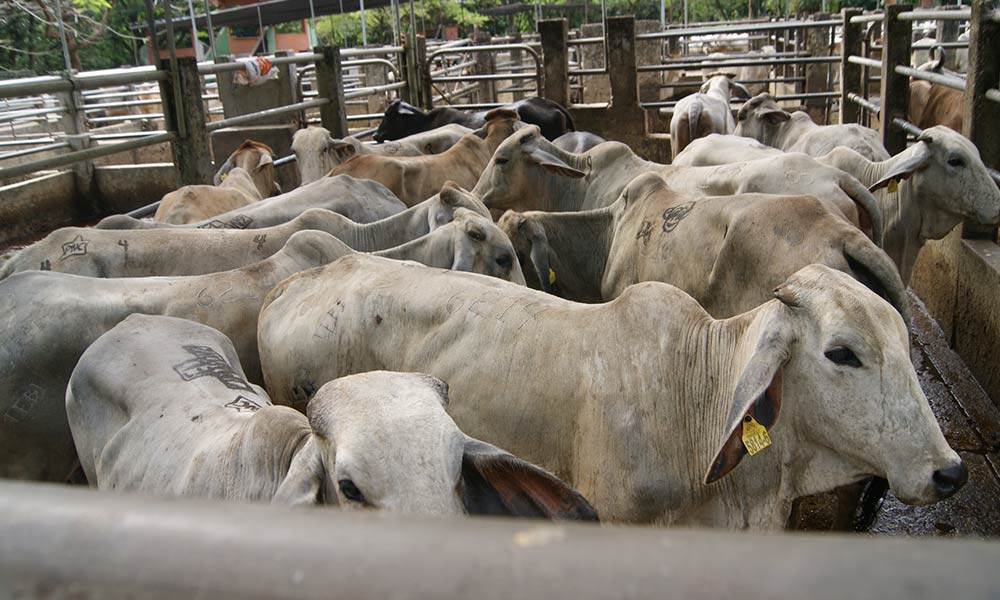


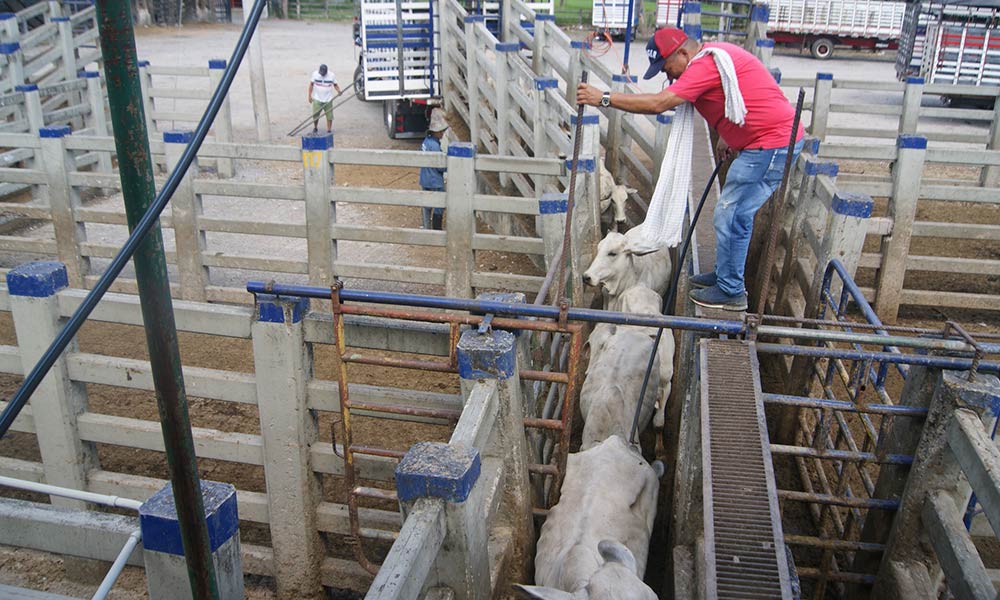

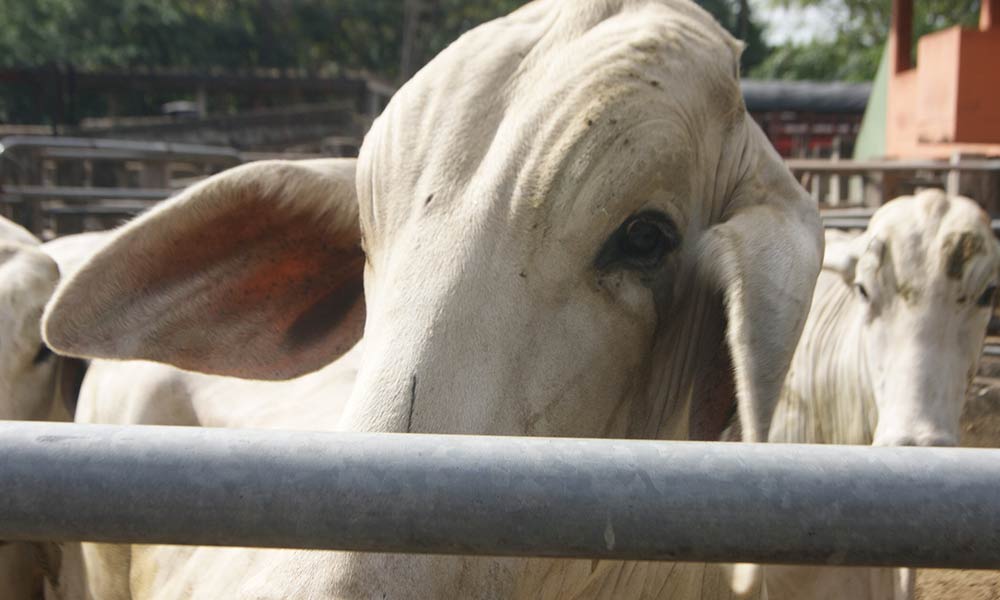
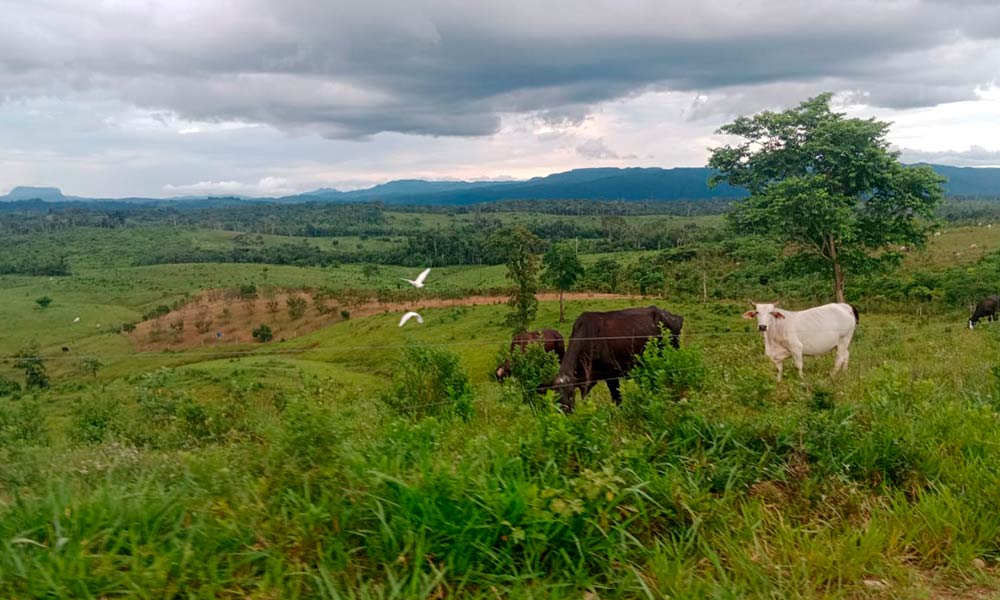
- View this story on Universo Centro
- View this story on CLIP
- View this story on La Liga Contra el Silencio








